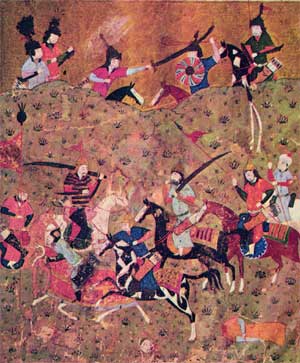| Millennium: | 2nd millennium |
|---|---|
| Centuries: | |
| Decades: | |
| Years: |
| 1035 by topic |
|---|
| Leaders |
| Birth and death categories |
| Births – Deaths |
| Establishments and disestablishments categories |
| Establishments – Disestablishments |
| Gregorian calendar | 1035 MXXXV |
| Ab urbe condita | 1788 |
| Armenian calendar | 484 ԹՎ ՆՁԴ |
| Assyrian calendar | 5785 |
| Balinese saka calendar | 956–957 |
| Bengali calendar | 442 |
| Berber calendar | 1985 |
| English Regnal year | N/A |
| Buddhist calendar | 1579 |
| Burmese calendar | 397 |
| Byzantine calendar | 6543–6544 |
| Chinese calendar | 甲戌年 (Wood Dog) 3732 or 3525 — to — 乙亥年 (Wood Pig) 3733 or 3526 |
| Coptic calendar | 751–752 |
| Discordian calendar | 2201 |
| Ethiopian calendar | 1027–1028 |
| Hebrew calendar | 4795–4796 |
| Hindu calendars | |
| - Vikram Samvat | 1091–1092 |
| - Shaka Samvat | 956–957 |
| - Kali Yuga | 4135–4136 |
| Holocene calendar | 11035 |
| Igbo calendar | 35–36 |
| Iranian calendar | 413–414 |
| Islamic calendar | 426–427 |
| Japanese calendar | Chōgen 8 (長元8年) |
| Javanese calendar | 938–939 |
| Julian calendar | 1035 MXXXV |
| Korean calendar | 3368 |
| Minguo calendar | 877 before ROC 民前877年 |
| Nanakshahi calendar | −433 |
| Seleucid era | 1346/1347 AG |
| Thai solar calendar | 1577–1578 |
| Tibetan calendar | 阳木狗年 (male Wood-Dog) 1161 or 780 or 8 — to — 阴木猪年 (female Wood-Pig) 1162 or 781 or 9 |

Year 1035 ( MXXXV ) was a common year starting on Wednesday of the Julian calendar.







